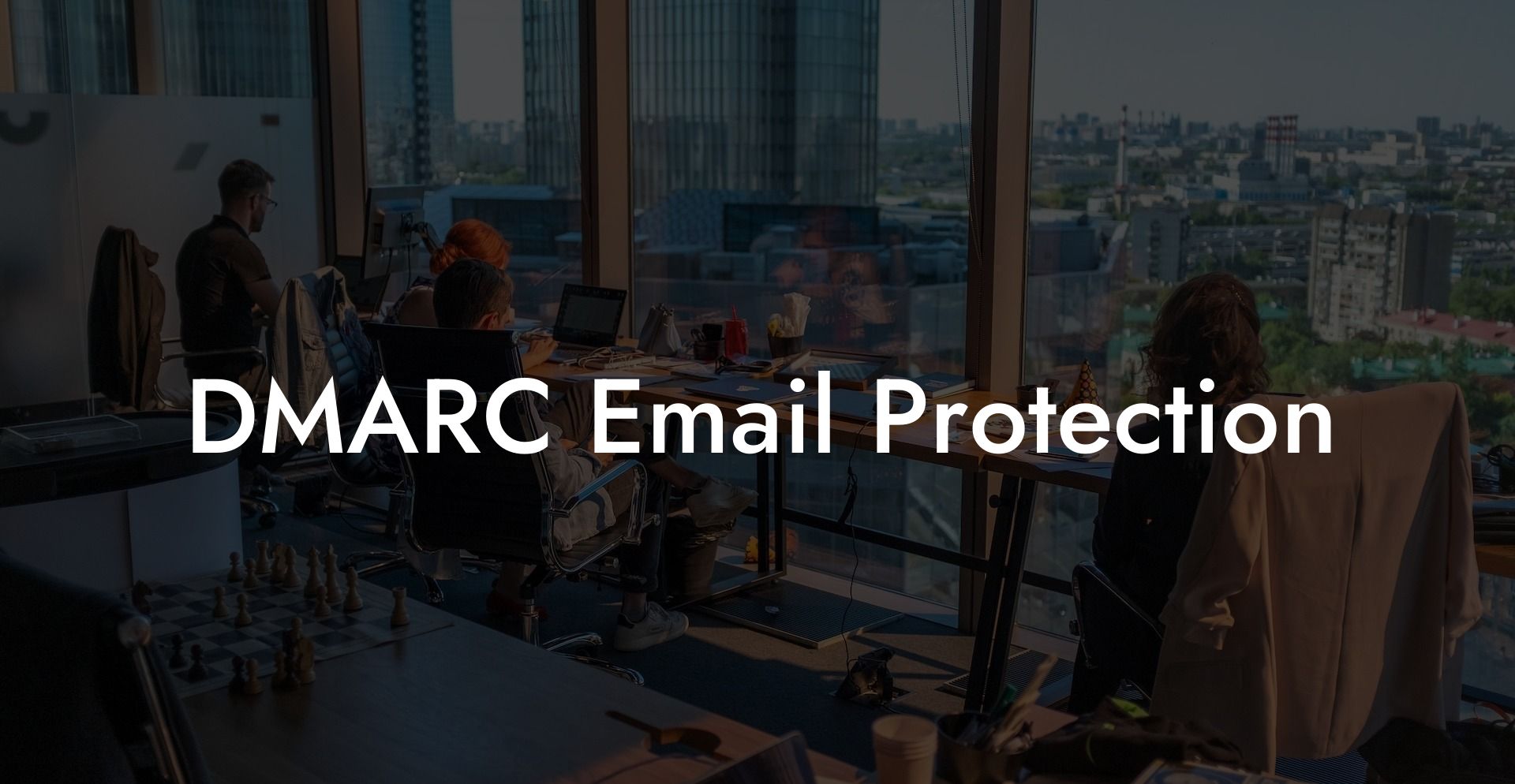In today's digital age, email phishing attacks are becoming more sophisticated and widespread, with businesses and individuals being targeted daily. To mitigate the risk and protect against these cyber-attacks, organizations are increasingly adopting DMARC (Domain-based Message Authentication, Reporting, and Conformance) email protection policies. In this comprehensive guide, we will delve deep into the world of DMARC, its benefits, and how it can significantly enhance your organization's cybersecurity.
DMARC Email Protection Table of Contents
What is DMARC?
DMARC is an email authentication protocol that works in conjunction with Sender Policy Framework (SPF) and DomainKeys Identified Mail (DKIM) to detect and prevent email spoofing and phishing attempts. DMARC provides a standardized way for domain owners to communicate their email authentication practices to email receivers, ensuring that only legitimate emails are accepted and delivered to recipients.
How Does DMARC Work?
Protect Your Data Today With a Secure Password Manager. Our Top Password Managers:
DMARC works by adding an extra layer of security to the email authentication process. Here is how it functions:
- A domain owner publishes a DMARC policy on their Domain Name System (DNS) record, which contains information about SPF and DKIM policies and specifies how email receivers should handle unauthenticated emails.
- When an email receiver, such as an email service provider (ESP), receives an incoming email, they first validate it against the SPF and DKIM policies of the sender domain.
- If the email passes both SPF and DKIM checks, the receiver looks for a DMARC policy in the sender's DNS record. If a valid DMARC policy is found, the email is accepted and delivered to the recipient.
- If the email fails SPF and/or DKIM authentication or does not align with the sender's published DMARC policy, the receiver can either quarantine the message (send it to the spam folder) or reject it outright, based on the sender’s instructions.
Benefits of Adopting DMARC Email Protection
Implementing DMARC for your organization's email infrastructure offers multiple benefits:
- Enhanced Security: DMARC helps protect your domain from spoofing and phishing attacks, preventing unauthorized individuals from sending emails on your behalf.
- Brand Reputation: By protecting your domain from phishing attacks, you ensure that your brand retains a trustworthy image in the eyes of your customers and partners.
- Email Deliverability: With DMARC in place, legitimate emails from your domain are more likely to pass email authentication checks, reducing the chances of your emails being marked as spam or being undelivered.
- Visibility: DMARC provides reports on email activity related to your domain, allowing you to monitor and analyze email authentication results and take necessary actions to enhance security.
DMARC Email Protection Example:
To illustrate the effectiveness of DMARC email protection, let's consider a real-world scenario. Suppose a cybercriminal attempts to launch a phishing attack against a targeted organization, impersonating the CEO's email address.
Without DMARC in place, the attacker could craft a believable email with the CEO's email address in the "From" field, increasing the chances of an employee falling for the scam.
However, when the target organization has a DMARC policy implemented, the email receivers validate the authenticity of the message using SPF and DKIM. If the email fails these checks or does not comply with the DMARC policy, the email can be quarantined or rejected, preventing the phishing attempt from reaching its intended victim.
In conclusion, DMARC email protection is an essential element of any comprehensive cybersecurity strategy. By implementing DMARC policies for your organization, you can protect your domain from email spoofing and phishing attacks, strengthen your brand reputation, and improve email deliverability. Share this guide with your colleagues and friends to raise awareness about the importance of DMARC email protection, and don't forget to explore other guides on Voice Phishing to enhance your cybersecurity knowledge.
Protect Your Data Today With a Secure Password Manager. Our Top Password Managers:















